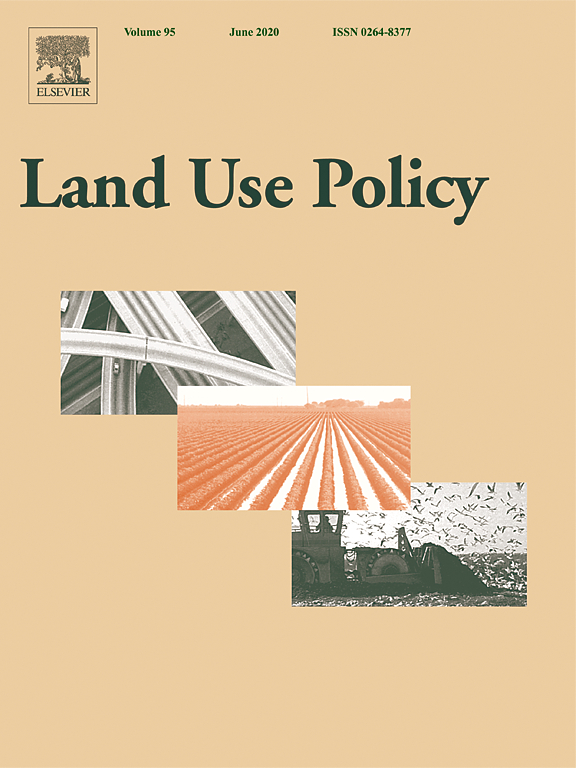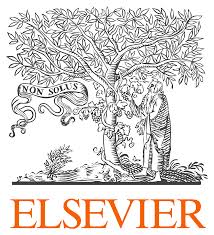Location
Land Use Policy is an international and interdisciplinary journal concerned with the social, economic, political, legal, physical and planning aspects of urban and rural land use. It provides a forum for the exchange of ideas and information from the diverse range of disciplines and interest groups which must be combined to formulate effective land use policies. The journal examines issues in geography, agriculture, forestry, irrigation, environmental conservation, housing, urban development and transport in both developed and developing countries through major refereed articles and shorter viewpoint pieces.
Land Use Policy aims to provide policy guidance to governments and planners and it is also a valuable teaching resource.
ISSN: 0264-8377
Members:
Resources
Displaying 236 - 240 of 279Part-time amenity migrants: Revealing the importance of second homes for senior residents in a transit-oriented development
Transit-oriented development (TOD) has been proposed as a model for sustainable urban and regional development beyond the troubled heritage of modernistic planning. Key to TOD is mixed use and reduced dependence on private cars. However, functionalistic land-use divides persist in the principles of TOD, such as the division between leisure and work and between permanent residences and second homes. These divides relate to, and are emphasised by, a strong focus on urban qualities within the TOD discourse, while discussions on landscape amenities are set aside.
Taking context into account in urban agriculture governance: Case studies of Warsaw (Poland) and Ghent (Belgium)
This article explores the role of local particularism in relation to the global interest in urban agriculture (UA). A growing movement is advocating UA, but future prospects are limited by variability, unclear expectations, vague responsibilities and leadership in the UA movement. We wonder whether the poor understanding of UA governance is associated with a public discourse and academic literature that too easily adopt the generic and universally claimed benefits.
Green lights in the Greenbelt? A qualitative analysis of farm investment decision-making in peri-urban Southern Ontario
The survival of farms requires innovative adaptation and investment to take advantage of the characteristics of the peri-urban environment. In Ontario, Canada, the Provincial Government passed in 2005 the Greenbelt Act that delimits Ontario’s Greenbelt—an area of 1.8 million acres where land is protected from development around the metropolitan region of the Greater Golden Horseshoe. This paper presents research on farm-level analysis of farmers’ investment decision-making aiming at understanding the impact of Ontario’s Greenbelt on farm investment.
A survey exploring private farm advisor perspectives of agri-environment schemes: The case of England’s Environmental Stewardship programme
Most stakeholder-based research concerning agri-environmental schemes (AES) derives from work engaging with farmers and land managers. Consequently, the voices and opinions of other actors involved in AES tends to be unrepresented in the wider literature. One group of actors that seem particularly overlooked in this respect are private (independent) farm advisors (i.e., the consultants contracted by farmers and land managers to advise-on AES and agronomic matters).
Performing inter-professional expertise in rural advisory networks
In this paper we draw on in-depth research to explore inter-professional working in rural land and livestock management and introduce the novel concept of inter-professional expertise.



